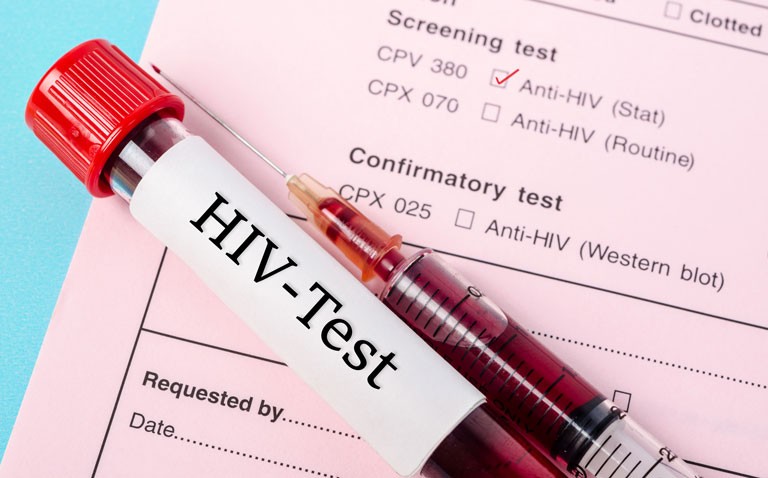Targeted screening for HIV in an emergency care department did not increase the rate of positive diagnoses compared with non-targeted methods.
In 2020, the US Department of Health and Human services launched Ending the HIV Epidemic: A Plan for America, with the aim of diagnosing all people with HIV as early as possible.
The receipt of a HIV diagnosis is critical for assessing treatment and prevention services yet, despite recommendations from the World Health Organization (WHO), a study in 2020 concluded that global adherence to the WHO strategy remained low.
A targeted HIV screening approach can be either provider-initiated, where a healthcare professional identifies specific risk factors which prompt a test or client-initiated, where an individual feels that they are at risk.
There are clear benefits to a targeted approach, for instance, the opportunity for service providers to engage and counsel high-risk individuals as well as delivery of services through a range of different settings.
In fact, evidence suggests that community-based targeted HIV screening is more effective than universal screening. One targeted HIV screening tool, the Denver Human Immunodeficiency Virus risk score, includes several factors such as age, ethnicity, receptive anal intercourse and injection drug use and has been shown to accurately categorise patients into groups with increasing probabilities of HIV infection.
Whether such a tool could be used to improve HIV screening within an emergency department has been largely unexplored, prompting a team from the Department of Emergency Medicine, Denver Health Medical Centre, Colorado, US, to undertake a randomised trial to compare targeted HIV screening with a non-targeted approach.
The team used three arms: non-targeted, i.e. without any risk assessment of HIV; the Denver risk assessment tool and finally, a traditional targeted approach. This latter method involved the use of a behavioural risk screening tool and a positive answer to any risk questions triggered a HIV test. The primary outcome for the study was confirmed new HIV diagnoses.
Findings
A total of 76,561 individuals were randomised to non-targeted screening (25,469), Denver risk assessment (25,453) and traditional screening (25,639). The median age of the sample was 40 years (51.2% female) and with 32.6% of black ethnicity.
Of those assigned to non-targeted screening, there were 10 (0.15%) new HIV diagnoses compared to seven (0.16%) for Denver risk assessment and seven (0.22%) for the traditional targeted screening.
When comparing non-targeted with targeted screening (combining both methods), there was no significant difference (risk ratio, RR = 0.70, 95% CI 0.30–1.56, p = 0.38).
Furthermore, the enhanced targeted HIV screening (Denver) identified about twice as many people at increased risk compared to traditional targeted screening (54.5% vs 27.7%, enhanced vs traditional screening).
Commenting on their results, the authors noted that while targeted HIV screening did not increase the number of new diagnoses, screening within an emergency department is still important to ensure prompt antiretroviral therapy and to avert further transmission of the virus.
They concluded that while targeted HIV screening was not superior to a non-targeted strategy at identifying new patients, a targeted approach did reduce the number of tests performed.
Citation
Haukoos JS et al. Comparison of HIV Screening Strategies in the Emergency Department: a randomized clinical trial. JAMA Netw Open 2021.










